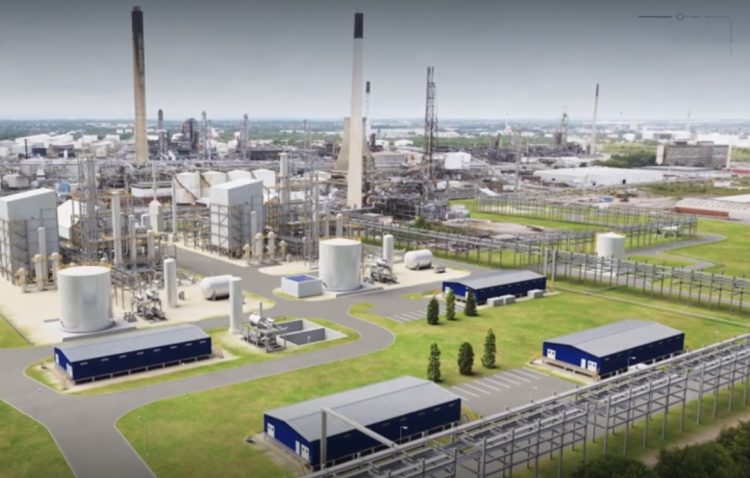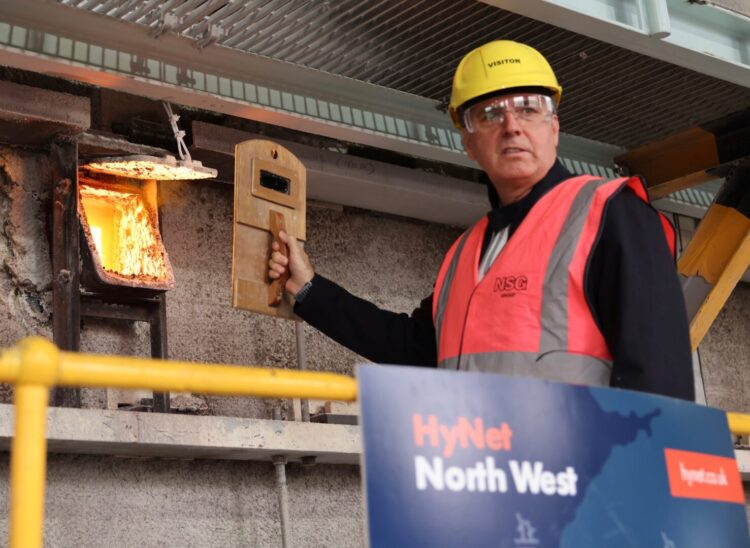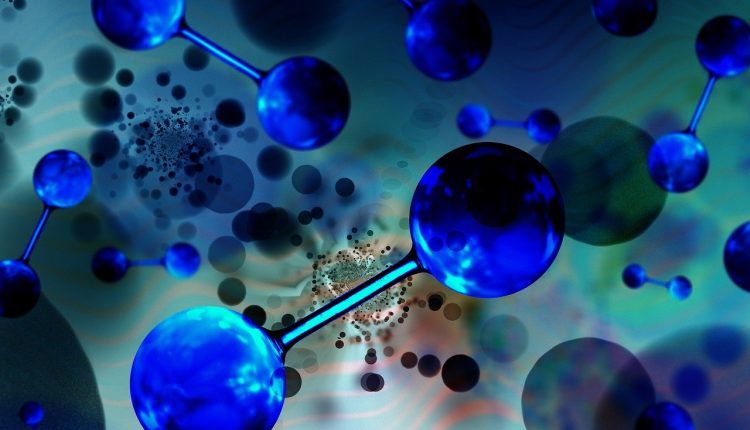SPECIAL REPORT: EET Hydrogen close to securing Government funding for £2bn hydrogen plant close to River Mersey but question marks remain whether it will do what it says on the tin and contribute to net zero. Tony McDonough reports

EET Hydrogen is close to securing Government funding to press ahead with its plan to build a £2bn hydrogen production plant close to the River Mersey.
It wants to start work this year on the first phase, a facility at the Stanlow Oil refinery in Ellesmere Port. This would produce 350MW of hydrogen that would be used to power factories across the North West.
Phase two would take that up to 1,000MW and industrial customers being lined up to use the hydrogen include glass maker Pilkington, consumer products giant Unilever and Data Chemicals.
Formerly Vertex Hydrogen, EET Hydrogen is a joint venture between Essar Oil UK, owner of the refinery, the second-biggest in the UK, and low carbon energy firm Progressive Energy.
This forms part of the wider HyNet project which aims to produce 4GW of hydrogen by 2030. HyNet is expected to cost the thick end of £20bn in capital expenditure alone, with operating costs adding tens of billions more.
Cheshire West and Chester Council approved the Stanlow plans in early January. If work on the project starts this year the hope is that it will start producing hydrogen in 2027 – two years later than originally planned.
EET frequently refers to the hydrogen that will be produced by the plant as “low carbon hydrogen”. However, this will only be true if it can perfect a critical part of the project – carbon capture and storage (CCS).
Hydrogen will be produced at Stanlow by burning natural gas. This method would usually produce significant carbon emissions, contributing to global warming and climate change.
However, HyNet’s plan is to invest in CCS. Once captured the carbon will be piped to depleted gas fields under Liverpool Bay where it will be stored indefinitely. This method of production and storage is known as blue hydrogen.
CCS is a controversial technology. For the process to be viable it has to successfully capture and store a very high percentage of the CO2. EET’s target is 97%. That level of efficacy has never been achieved on this scale anywhere in the world.
Analysis by think tank, the Institute for Energy Economics and Financial Analysis (IEEFA), found that CCS has a “long history of failure and underperformance”.
It looked at a number of projects around the world. It found three failed completely, five “underperformed materially”, three performed “close to capacity” and two refused to publish data.
So far, adds the IEEFA, the maximum capture rate achieved by CCS is just 83%. If HyNet achieves its 97% target it will be seen as groundbreaking.
Critics of CCS, which is being heavily favoured by the UK Government and the European Union, says it is a folly that will not contribute to decarbonisation. Some claim it is just a way to appease the oil and gas sector by prolonging the use of fossil fuels.
Speaking to LBN in late 2022, Abigail Dombey, a chartered engineer and chair of Hydrogen Sussex, said there were serious questions over how much blue hydrogen would actually save in terms of carbon emissions.
“With green hydrogen (hydrogen produced using wind or solar energy), it is simple. If we produce it from renewable sources then it is zero carbon. Blue hydrogen will never be zero carbon.
“The Government is investing in carbon capture and storage. It is essential for blue hydrogen. However, this process has still not been realised at scale. Even if it were feasible to capture the emissions you will never capture 100%.
“There has been a lot of work around fugitive emissions (leaks from pipelines or tanks) from natural gas as well. There are a lot more emissions upstream than we previously accounted for.”

In the last few days the IEEFA has said the EU’s investment into CCS represents “bets on unproven technologies that could drive vast sums of public resources into inefficient projects”.
Andrew Reid, an energy finance analyst at the think tank, added: “Most projects to date are small-scale demonstrators which have generally underperformed relative to their expected capture rates.
“This combined with the uncertainties around the safety and permanency of transportation and underground storage makes carbon capture of this scale a very high-risk component of the EU’s decarbonisation strategy.”
Hydrogen is the most abundant element in the universe and at the point of use it is emissions-free. But to obtain energy from hydrogen we first have to separate it from other elements in fossil fuels or water. There are a number of ways of doing this.
So-called grey hydrogen is hydrogen produced by burning fossil fuels, similar to blue hydrogen, but the resultant carbon is released into the atmosphere contributing to global warming and climate change.
At the other end of the scale is green hydrogen. This is produced by running electricity from renewable sources such as wind or solar through a machine called an electrolyser. It separates the hydrogen from water molecules.
This is by far the best way to produce hydrogen in terms of cutting carbon emissions. However, green hydrogen is currently expensive and not yet at the point where it can be sufficiently scaled up.
HyNet is investing in a number of smaller scale green hydrogen projects. It will utilise electricity from the Frodsham Wind Farm close to the Mersey Estuary.
On Thursday EET announced it had signed a “statement of principles” with the Department for Energy Security and Net Zero and was entering into final negotiations over funding. Neither side would reveal the cost to the taxpayer.
Tony Fountain, managing partner of EET, said: “This statement of principles is a great outcome for both EET and the UK. Scaling hydrogen capacity is essential to decarbonising heavy industries.
“This is an important step in our ambitious decarbonisation plan to transform our business and the North West. We appreciate the Government’s partnership which will contribute to protecting skilled jobs in the region and ensuring our industries remain competitive.”
Government is taking a heavy punt on CCS making a significant contribution to net zero. Estimates of the economic impact are also tantalising. It is projected HyNet will see the creation of 144,000 jobs in the North West over the coming decades.
Lord Callanan, Minister for Energy Efficiency and Green Finance, added: “We have already halved our emissions from 1990 levels, and hydrogen will play a vital role in the UK’s journey towards net zero by providing businesses large and small with cleaner energy in the future.
“By moving into final negotiations with the Ellesmere project, we are working to deliver our ambition of up to 10GW of low carbon hydrogen production capacity, in an industry expected to support up to 12,000 jobs by 2030.”


This latest statement of principles agreement between EET and the Government is non-binding and subject to finalisation of costs and due diligence. The Government’s support for hydrogen production is the same as for offshore wind – a contracts for difference
Under this, once a project is producing and meeting the standard it gets a subsidy payment to enable customers of hydrogen to buy it at the same price as they pay today for natural gas.
READ MORE: Port of Liverpool holds key to slashing road emissions
This enables the private sector to invest and will also mean many key risks will be borne by the private sector to deliver and operate the plant.
Joe Seifert, chief executive of EET Hydrogen, also said: “This is a critical milestone for EET Hydrogen and the hydrogen sector in the UK. We are very proud to be leading the way and look forward to starting construction later this year.”

